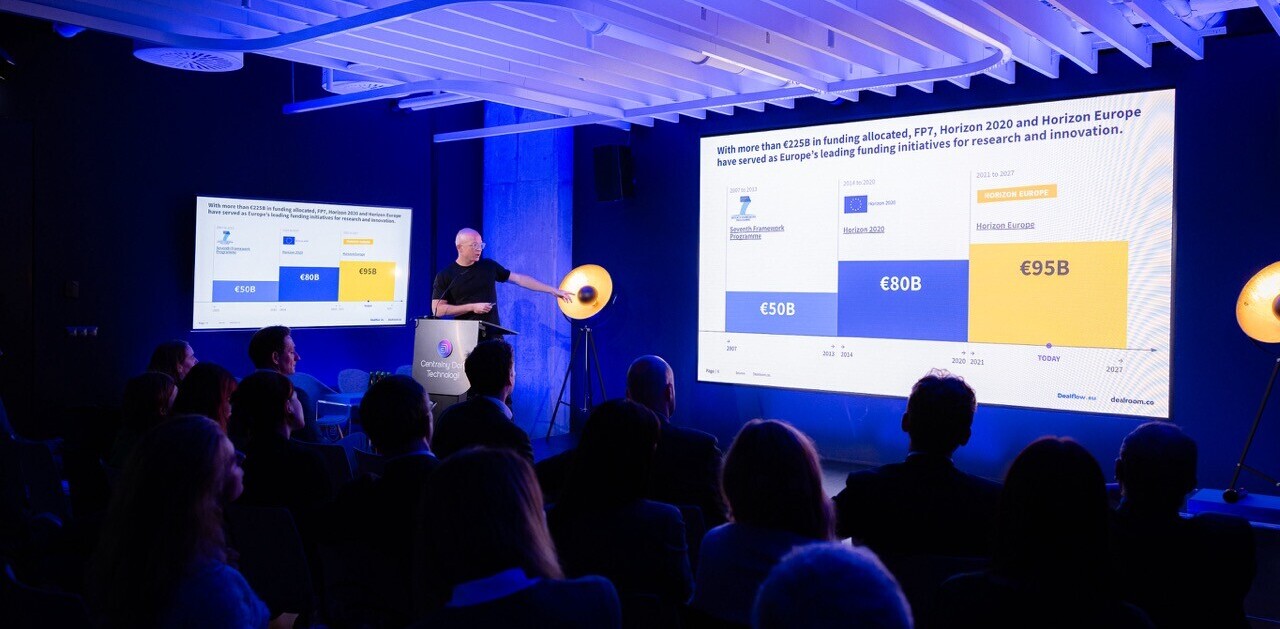
If these latest numbers are anything to go by, then downloads could be consigned to the scrapheap alongside CDs, miniDiscs and other music media in the not-too-distant future.
Citing figures released by GLF, the Swedish recording industry association, Music Ally reports that streaming represents 89% of all digital music sales in the Scandinavian country – the spiritual home of Spotify, as it happens.
Interestingly, while music sales across all formats rose by almost a third (30.1%) year-on-year in the first half of this year, digital music accounted for almost two-thirds (63.5%) of revenues.
So, with streaming representing such a large chunk of the total digital sales, we can probably point the finger at Spotify’s role in helping to buoy the music industry in its home country. Of course there are other streaming services, but Spotify is the clear leader in the space.
In the first half of 2012, overall music sales amounted to 446m (SEK), around $63.5m. Though it’s worth mentioning that revenues from physical-format music fell by more than 2% in the first six months, digital revenues rose 60.5%.
More specific to Spotify, streaming revenues increased by 79.4% to 252.7m (SEK), about $40m. As Music Ally notes, other digital revenues, such as downloads, fell 14% to 30.7m (SEK), roughly $4.4m.
Access over ownership
We’ve previously argued that content ownership will continue to flourish over access-only, as long as the likes of Spotify have such tight restrictions in place regarding the number of mobile devices that can access an account offline.
Coupled with the fact that mobile Internet isn’t nearly ubiquitous enough, and can still be pricey in many countries, it’s not wise to take too much from this data, as it likely isn’t representative of the trend across the world.
But in Sweden, at least, streaming is certainly trumping download. “The Swedish music companies have been extremely quick to adapt their business models to today’s parallel sales channels,” says Ludvig Werner, MD of IFPI Sweden in Music Ally. “What’s more, Swedes have shown that they really like streaming music. Now, when buying music in a way that suits the consumer is easier than ever before, music sales increase.”
Before we get too carried away, it’s also worth looking at the broader picture. Any ‘growth’ must be juxtaposed against a longer time-frame. Just because there has been a year-on-year rise, doesn’t mean all that much if last year was the worst year in history. Indeed, as Werner notes, “…these half year figures are 40 percent lower than in the first half of 2000.”
So there’s still work to be done. But streaming is clearly more than holding its own at the moment, and there are positive signs that the music industry can bounce back.
Get the TNW newsletter
Get the most important tech news in your inbox each week.




